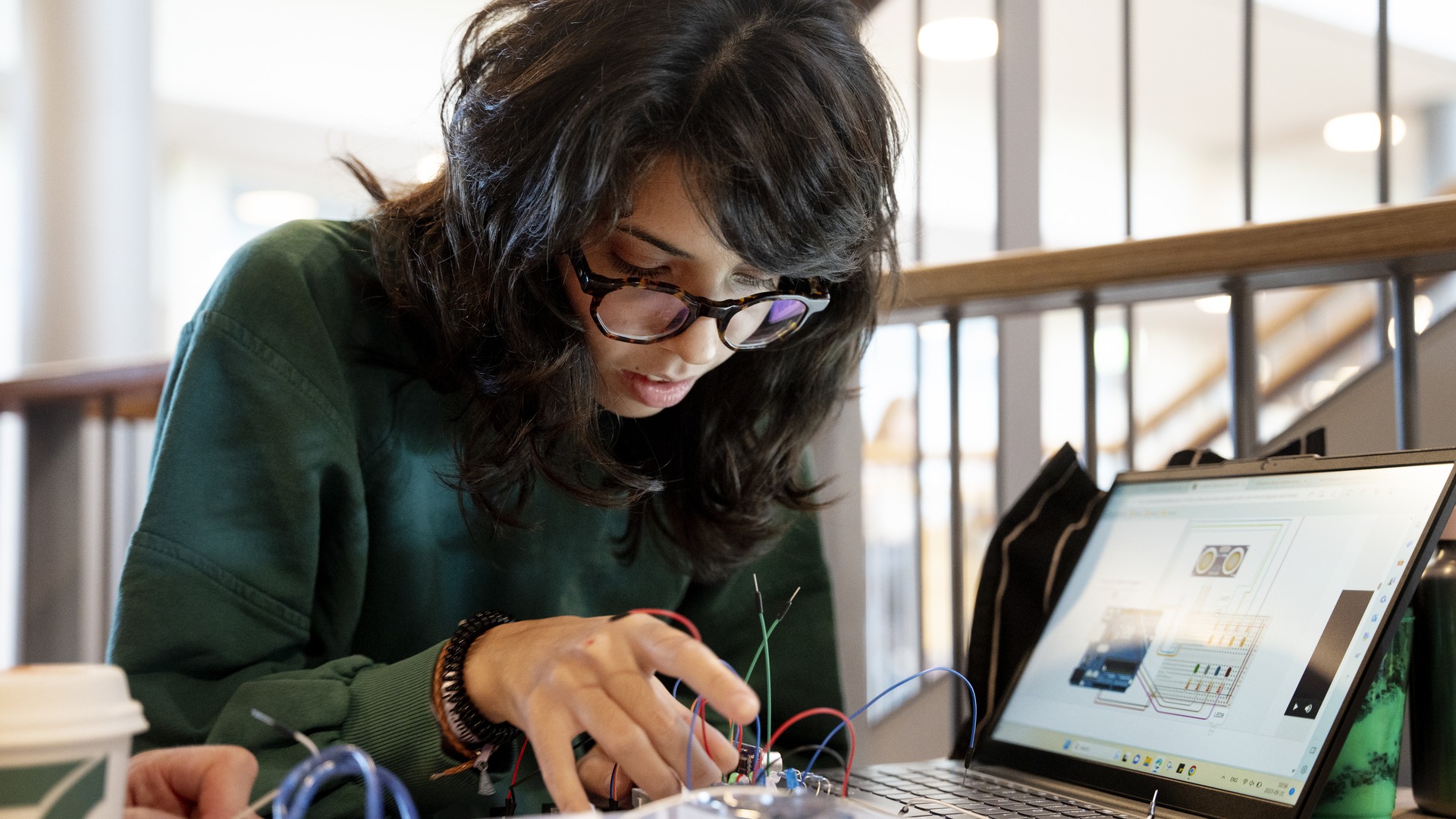Reference materials:
- Tomitsch, M., Borthwick, M., Ahmadpour, N., Cooper, C., Frawley, J., Hepburn, L.A., Kocaballi, A.B., Loke, L., Núñez-Pacheco, C., Straker, K. and Wrigley, C., (2021). Design. Think. Make. Break. Repeat.: Revised edition. BIS Publishers [https://www.bispublishers.com/design-think-make-break-repeat-revised-edition.html](
- Osterwalder, A. and Pigneur, Y. (2010) Business Model Generation: A Handbook for Visionaries, Game Changers, and Challengers. John Wiley & Sons, Incorporated. Available at: [https://research.ebsco.com/linkprocessor/plink?id=4c9b4587-9c84-32d6-bdee-1454566d8b1d](
- Ries, E. (2017) The lean startup: how today’s entrepreneurs use continuous innovation to create radically successful businesses / Eric Ries. Currency. Available at: [https://research.ebsco.com/linkprocessor/plink?id=819e9a61-b266-3774-b999-4da80007db94](
EduSinglePage
About the course
The aim of the course is that the students will gain an overview and explore theories and methods for innovation in general and in IoT in particular. The students will also develop business thinking and an understanding of business models in general and business models used in the IoT area in particular.
This course is offered as part of programme:
Course content
The course includes:
- Innovation and innovation processes relevant to the IoT
- Entrepreneurship/intrapreneurship
- Change management
- Business thinking and business models for the IoT
- Ethics and sustainability
- Success stories, failures and challenges
Entry requirements
- Bachelor of Science in Engineering (at least 180 credits) or a bachelor’s degree in computer science or related fields such as computer engineering, computer and information science, software engineering, informatics, telecommunications or electrical engineering.
- At least 15 credits in programming.
- Equivalent of English 6.
- A minimum of a passing grade for the course: Introduction to IoT (DA640E)
Course literature
Course evaluation
Malmö University provides students who participate in, or who have completed a course, with the opportunity to express their opinions and describe their experiences of the course by completing a course evaluation administered by the University. The University will compile and summarise the results of course evaluations. The University will also inform participants of the results and any decisions relating to measures taken in response to the course evaluations. The results will be made available to the students (HF 1:14).


